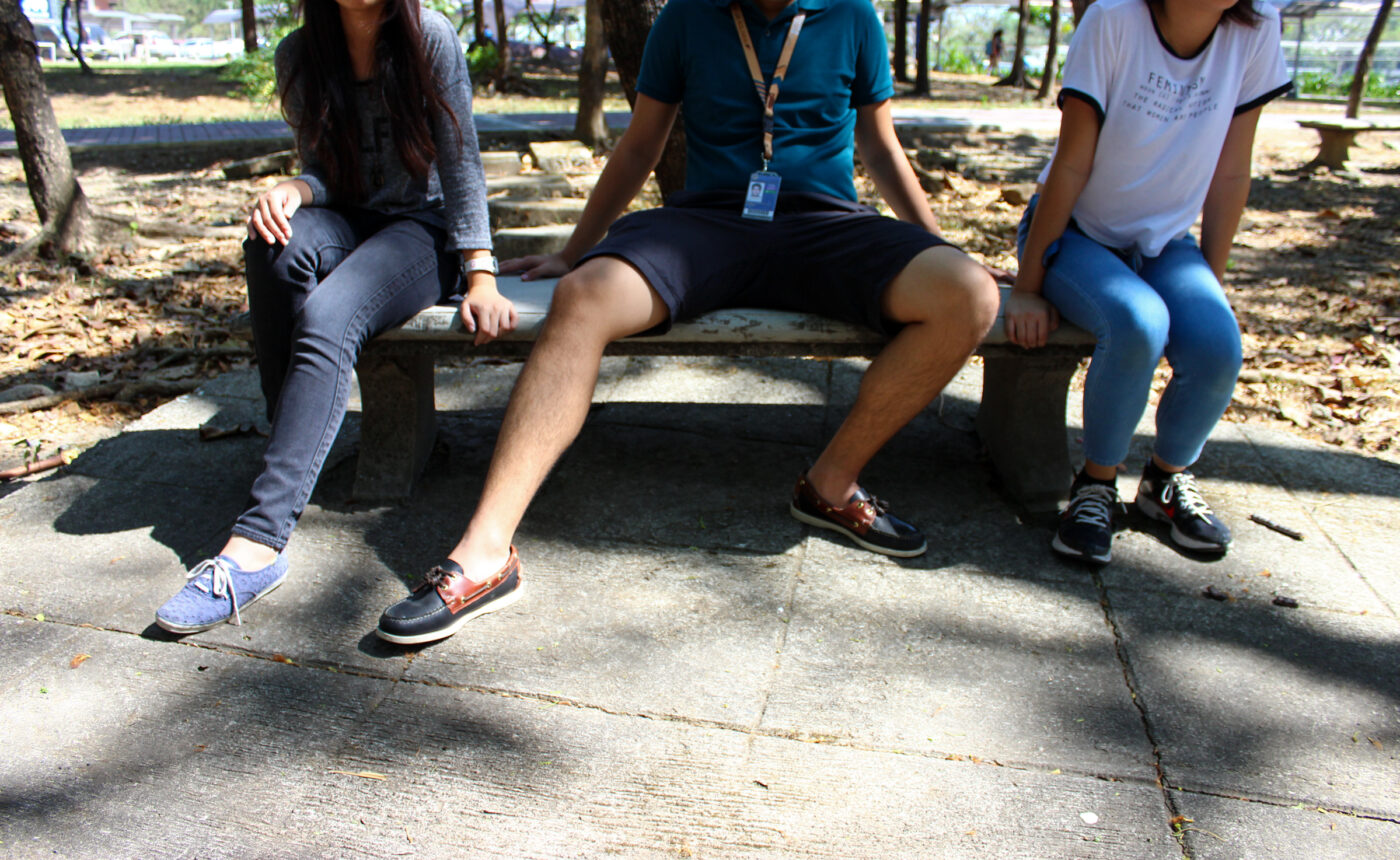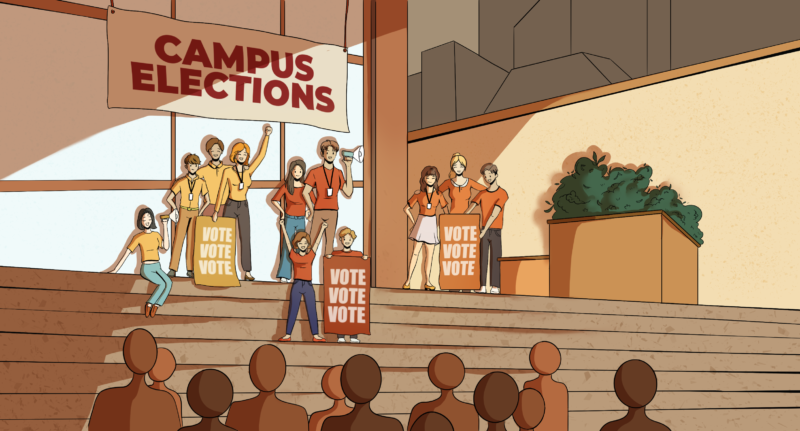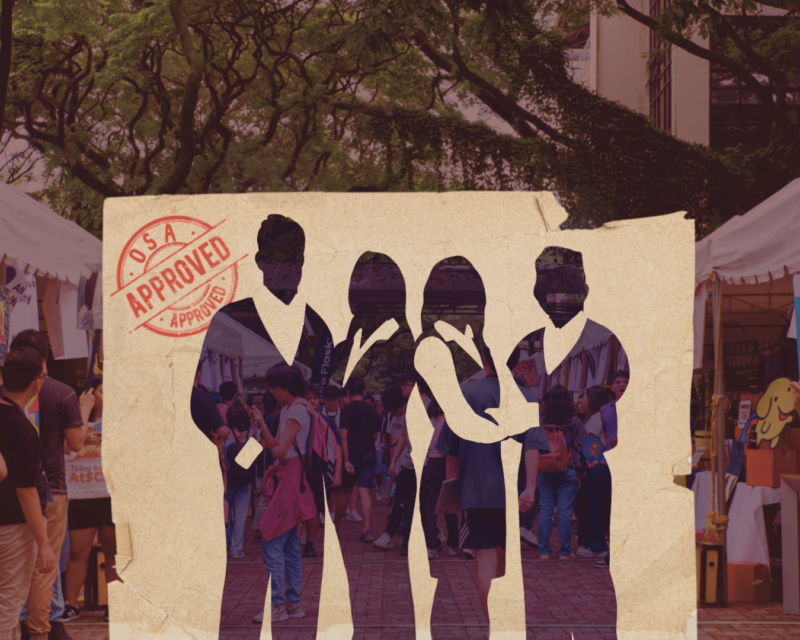When Beyoncé stood on a stage with the word “FEMINISM” blazing brightly behind her in clear block letters, feminists knew that their movement had entered the mainstream. While this has brought with it a host of problems—including the oversimplification of concepts, often turning it into bumper-sticker or tumblr-graphic fare—for the most part, awareness of feminism has helped further discourse on it in many different contexts.
One of the common terminologies of feminism, “the patriarchy,” pertains to the system in which men have the power in many aspects of society. Allan Johnson, PhD in Sociology, writes in Patriarchy, the System, that patriarchy “is a way of organizing social life through which such wounding, failure, and mistreatment can occur.” In its focus on control and domination, it steamrolls over and hurts individuals by allowing certain types of oppression to flourish. It made sense for feminists to fight against this system, as they were among those most disadvantaged and marginalized by it.
As Chimamanda Ngozi Adichie says in her famous 2013 TEDxHouston talk, a feminist is “a person who believes in the social, political, and economic equality of the sexes.” Still, the counter-movement came. While there had always been those who thought feminism was anti-equality and pro-domination by woman, there rose a new movement, dubbed “meninism.” It claimed to espouse the rights of men, but instead satirized and attempted to undermine feminist ideas.
Today, a look at active meninist social media accounts reveals tweets like, “Feminism has changed so much,” juxtaposed with two images—one of suffragettes from the 19th century, the other of a girl holding up a sign with “PROUD SLUT” written on it—as if the struggles of the first immediately discount the value of the second. It would be easy enough to think that trends like these are the result of social media, but the truth is that this phenomenon is not a new one.
Liberating men
In a 1998 article for the journal Gender and Society, sociologist Michael Messner traces the origins of the men’s rights movement in the Western, especially the American, context. Along with the feminist movement in the late 20th century came the awareness of the patriarchy, that the way gender impacted society was stifling and sometimes repressive in nature. The men’s liberation movement criticized the inequality between the two genders and emphasized how men, too, were hurt by enforced gender roles.
The beginning saw this movement filled with male feminists and those working towards equality for the sexes, but later on saw a radicalization. The thought was now that “male privilege [is] a myth,” that “men actually have it worse than women.” Feminism, they said, became a tool by which women would bypass the limitations set upon them, while leaving men behind. It was a cover-up for all the abuse that men faced at the hands of women, they argued, and the advantages women had over men. Despite their anti-feminist stance, however, the men’s rights movement also decried the traditional understanding of masculinity.
Queer Literature Professor Miguel Lizada argues that the notion of masculinity is not defined simply. Rather, it is greatly affected by many factors: Culture, geography, and time period all interact to form the unique idea of masculinity in the here and the now. “Masculinity, in many ways, is really a lot to do with an engagement with a perceived kind of ideal,” he says. According to Lizada, there are many ways of signifying masculinity, but the predominant idea seen in the Philippines is still “much in line with the ‘macho culture.’”
As Richard Basham, a PhD in anthropology, writes in Frontiers: A Journal of Women’s Studies, “Machismo, itself, can be loosely translated as ‘the cult of the male,’” one that requires “above all, absolute self-confidence.” Machismo is not a term native to the Philippines; rather, it is one of the holdovers from the colonial era, another product of Western thought that was assimilated into Philippine culture. In pre-colonial times, roles were divided between men and women, but they each operated in different spheres of power, the latter leading efforts related to the spirit and to religion.
Adelamar Alcantara, PhD, has this to say in an article for the Philippine Sociological Review: “A long history of Western colonization has resulted in an overlay of patriarchy on an otherwise sexually egalitarian Philippine social structure.”
Cast in manful light
In terms of the roles men are expected to play, Lizada says that “man as provider or breadwinner” is one of those most central to the Philippine context. Alcantara writes in the aforementioned article titled, “Gender Roles, Fertility, and the Status of Married Filipino Men and Women,” on the impact of economics on the interplay of power in the household. The Western model of the household has the ability to contribute as the key factor in determining who holds the power. This contribution does not include housework, but consists only in the work that earns money for the household.
A patriarchal structure would have “husband and wife as household head and domestic manager, respectively.” Alcantara notes that Filipino society does not follow this as strictly, but that, in public, the designated head is the husband; consequently, his is the role of breadwinner and provider for the needs of the household. In his 1984 annotation of the Civil Code of the Philippines, Edgardo Paras writes that Filipino traditions have the husband as the administrator because in times of economic hardship, it is the husband’s capital and property that will be relied on for support. While Article 70 of the Family Code—an update of the Civil Code of 1950—says, “the spouses are jointly responsible for the support of the family,” the observed reality is vastly different because of culture and economic situations.
The man’s place in the traditional household set-up is one of the greatest expressions of his masculinity. Basham writes that machismo “has often been explained as a reaction to deep-seated fears of inadequacy and latent homosexuality.” These behaviors are expected of men, sometimes regardless of their sexuality. In “Bewitched, Betwixt, and Between,” Michael Lim Tan, renowned anthropologist, writes that, in Asian societies, there is a difference between love and family-building.
“At mid-life,” he writes, “I find gay friends getting married to women and raising families.” Despite their sexuality, they were expected by their parents to “eventually marry and have children.”
Shaping Adam
These expectations and more enforce the prevailing notion of masculinity in the Philippines. Through this, as Lim says, societies “recognize maleness, creating and recreating ‘it.’” Beyond the historical context, there are other factors, like media, that can change the way that masculinity is seen and understood. The way Lizada sees it, the need to be affirmed—validated as it is by the speed and breadth with which information is shared on the internet—explains why social media has such a great ability “to position particular ideals.”
What we see on our Twitter and Facebook feeds, he suggests, can change the way we think. As an example, Lizada remembers a staged video he’d seen of a woman yelling and hurting a man in public. The reaction to it—little more than “Ay, wala lang [it’s nothing],” on the part of the bystanders—suggests the double-standard with which abuse is viewed. Still, he says, there is no uniting local movement to discuss the rights of men and how they’re affected specifically by the role they’re expected to play in Filipino society. It may be, in part, because of how men are expected to avoid overexpression of emotion. Sociologist Victor J. Seidler writes in Unreasonable Men: Masculinity, that men face an emotional paradox: They’re expected to know the right answer all the time, but also expected never to express their emotions. Thus, when they need to acknowledge their feelings, they find it difficult, and cannot ask for help because of expectations.
These expectations manifest themselves best in spaces where gender is “performed,” or exhibited and subsequently reinforced. One such space, Lizada theorizes, is the gym. “Gyms are not just a way of building the body; they’re also spaces of performing your gender.” In Boys will be boys?, Göran Gerdin, PhD writes that boys derive pleasure from the displays of power in physical education class. Gerdin mentions that power relations and negotiations happen within the PE class; their interaction within their little society teaches them what and how to think. This is a clear example of how ideals of masculinity perpetuate, through this process of socialization. The “gym rat,” as he puts it, is only one category among many that are sustained precisely because of how people try to live up to them: others, like the “ loser,” “ the dork,” and the like, are looked down upon because they do not fit the standard ideal.
Within the Ateneo, globalized culture and ease of access to all kinds of media has added plurality to the views on masculinity. Besides this, it is clear that socioeconomic status also plays a great part in the interaction of the Atenean population with the idea of masculinity. “Whether we like it or not,” Lizada says, “this is primarily a school peopled by people from the middle-class.” The class component affects the way gender is perceived.
“Whether we conform to it, or challenge it, or interrogate it, it always has to do with an ideal in mind,” Lizada says. In the end, though ideas of “what a man should be” exist, people have the ability to question it. In acknowledging the truth of the situation, society can begin to understand and perhaps create a more inclusive notion of masculinity. Through this, the existing systems of oppression can begin to be dismantled. One day, perhaps, a man could stand on a stage, fully himself—whomever he may be—and no longer feel the weight of word “MASCULINITY.”







